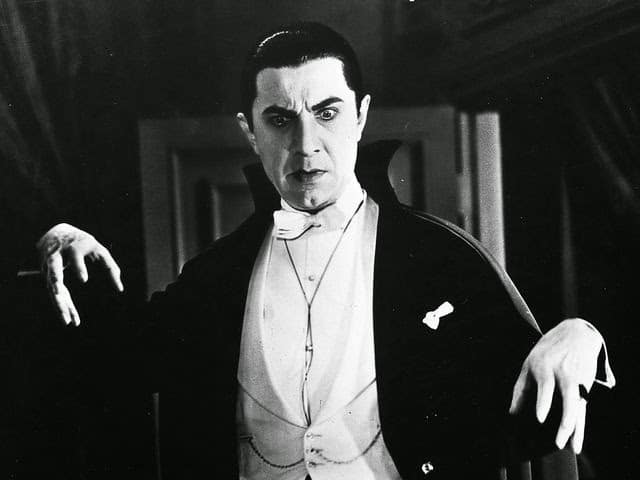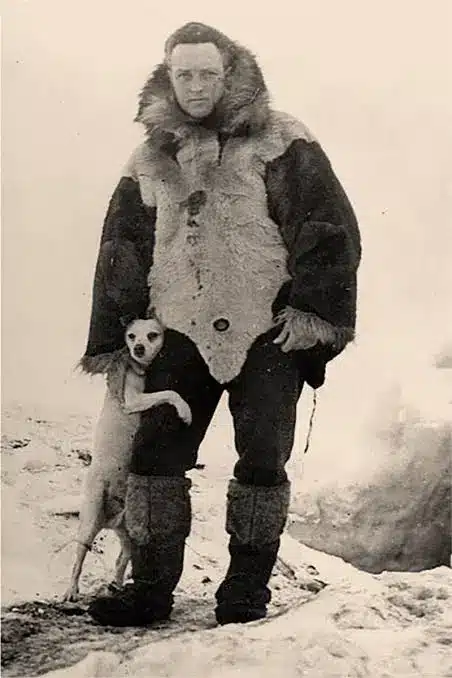Get Ready for Flu Season
Having any chronic disorder means taking extra special care of your overall health. As we approach flu season, it’s good to revisit why it’s a good idea to get vaccines. I never had a flu vaccine until about ten years ago. Previously, a person who is in the business of vaccines asked if I had received my flu vaccine. I said no, never, and didn’t need it. Already had the flu and it wasn’t that bad. He replied, “You probably did not have the flu. then” I thought he was just trying to boost his business but guess what? When I legit caught the flu, and was in bed five straight days and couldn’t move, I thought about vaccines. Avoid the high fever, raging thirst, splitting headache, constant joint pain and nausea? I’ll take the shot.

I had Covid too, not too bad, even after having the vaccine. It made me realize that nothing is foolproof but precautions are a good idea.
Recently we had a new baby in the family. The young parents are requesting that we all wash our hands any time we want to pick the baby up. And wear masks if we’ve been traveling. I thought that was a bit overdoing it, but rethinking it, and reading the words of the esteemed Dr. Fauci, I realize that any precautions we can take these days against viruses is good. The hemophilia community knows this after enduring the horror of the 1990s, when HIV was rampant in the blood supply. In Fauci’s own words:
“Chickenpox is a virus. Lots of people have had it, and probably don’t think about it much once the initial illness has passed. But it stays in your body and lives there forever, and maybe when you’re older, you have debilitatingly painful outbreaks of shingles. You don’t just get over this virus in a few weeks, never to have another health effect. We know this because it’s been around for years, and has been studied medically for years.
“Herpes is also a virus. And once someone has it, it stays in your body and lives there forever, and anytime they get a little run down or stressed-out they’re going to have an outbreak. Maybe every time you have a big event coming up (school pictures, job interview, big date) you’re going to get a cold sore. For the rest of your life. You don’t just get over it in a few weeks. We know this because it’s been around for years, and been studied medically for years.
“HIV is a virus. It attacks the immune system and makes the carrier far more vulnerable to other illnesses. It has a list of symptoms and negative health impacts that goes on and on. It was decades before viable treatments were developed that allowed people to live with a reasonable quality of life. Once you have it, it lives in your body forever and there is no cure. Over time, that takes a toll on the body, putting people living with HIV at greater risk for health conditions such as cardiovascular disease, kidney disease, diabetes, bone disease, liver disease, cognitive disorders, and some types of cancer. We know this because it has been around for years, and had been studied medically for years.
“Now with COVID-19, we have a novel virus that spreads rapidly and easily. The full spectrum of symptoms and health effects is only just beginning to be cataloged, much less understood.
So far the symptoms may include:
Fever
Fatigue
Coughing
Pneumonia
Chills/Trembling
Acute respiratory distress
Lung damage (potentially permanent)
Loss of taste (a neurological symptom)
Sore throat
Headaches
Difficulty breathing
Mental confusion
Diarrhea
Nausea or vomiting
Loss of appetite
Swollen eyes
Blood clots
Seizures
Liver damage
Kidney damage
Rash
COVID toes (weird, right?)
“People testing positive for COVID-19 have been documented to be sick even after 60 days. Many people are sick for weeks, get better, and then experience a rapid and sudden flare up and get sick all over again. A man in Seattle was hospitalized for 62 days, and while well enough to be released, still has a long road of recovery ahead of him. Not to mention a $1.1 million medical bill.
Then there is MIS-C. Multisystem inflammatory syndrome in children is a condition where different body parts can become inflamed, including the heart, lungs, kidneys, brain, skin, eyes, or gastrointestinal organs. Children with MIS-C may have a fever and various symptoms, including abdominal pain, vomiting, diarrhea, neck pain, rash, bloodshot eyes, or feeling extra tired. While rare, it has caused deaths.
“This disease has not been around for years. No one knows yet the long-term health effects, or how it may present itself years down the road for people who have been exposed. We literally ‘do not know’ what we do not know.
“What we DO know [is we] are smart enough to be scared of how easily this is spread, and [we] recommend baseline precautions such as:
Frequent hand-washing
Physical distancing
Reduced social/public contact or interaction
Mask wearing
Covering your cough or sneeze
Avoiding touching your face
Sanitizing frequently touched surfaces
“The more things we can all do to mitigate our risk of exposure, the better off we all are, in my opinion. Not only does it flatten the curve and allow health care providers to maintain levels of service that aren’t immediately and catastrophically overwhelmed; it also reduces unnecessary suffering and deaths, and buys time for the scientific community to study the virus in order to come to a more full understanding of the breadth of its impacts in both the short and long term.”
I already got my flu and shingles vaccine this fall; did you?








